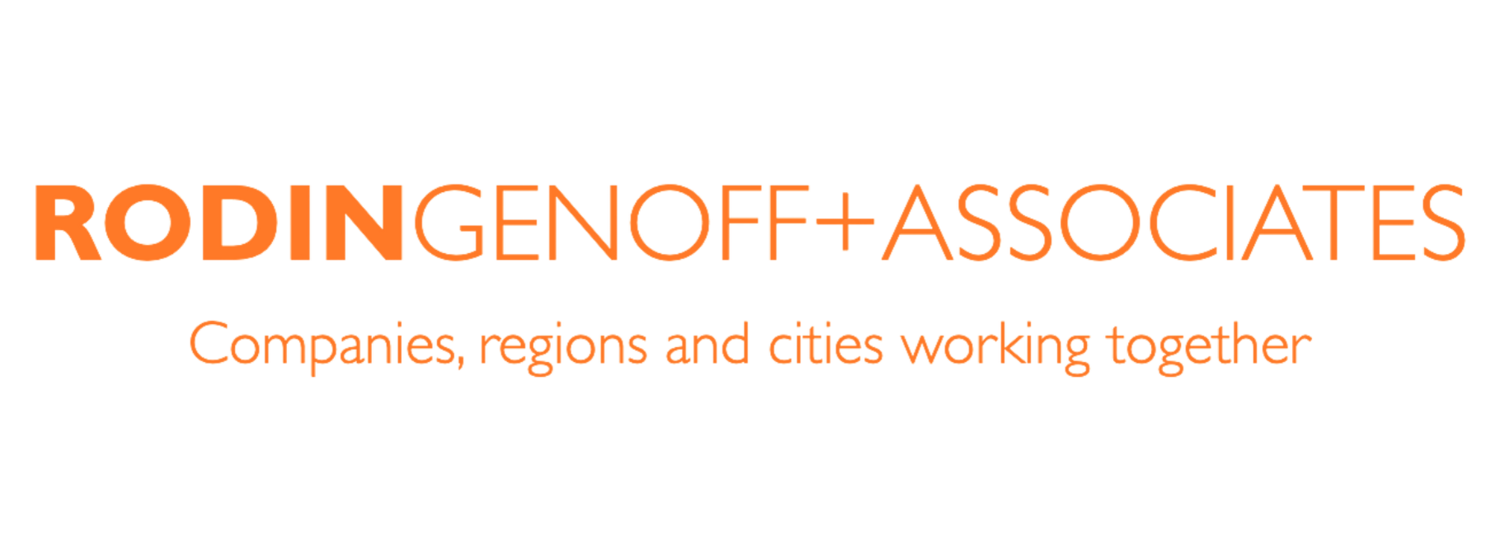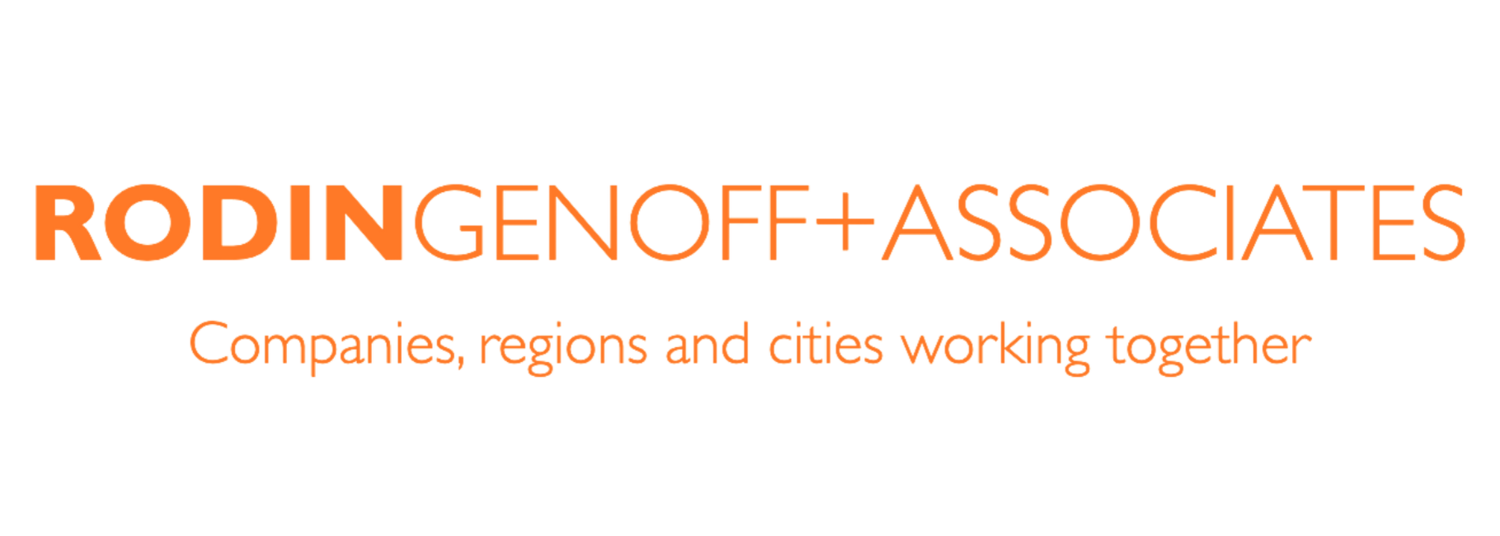The lucrative dividends that flow from diversity, explain Narelle Hooper and Rodin Genoff in The Australian Financial Review’s BOSS Magazine
The data's in. It's compelling. Research is showing that diversity in all its forms is better for companies and their shareholders – and societies, and countries.
One feature of the recent exodus of refugees to Europe, which so galvanised the world, might have come as a surprise. Amid the swarming thousands craving food, water and shelter in the European heat, Wi-Fi and mobile phone power were also in high demand. This is the mass connectivity we’ve heard so much about. Even in troublespots, word and movements spread fast thanks to cheap, ubiquitous technology, making people and their aspirations more mobile. There are 7 billion mobile phones on the planet, nearly 2 billion of their smartphones. That number will hit 5 billion, with 80 billion connected devices worldwide by 2020, according to Forbes magazine. We truly have become what The Economist describes as a planet of “phono sapiens”.
The future of business is about busting powerful social norms and assumptions around how we work, lead and compete. What has this to do with us here and our daily challenge of trying to run our businesses and manage our teams? Plenty. Talent, not capital, will be the key factor linking innovation, competitiveness and growth in the 21st century, World Economic Forum executive chairman Klaus Schwab says. In the forum Human Capital Report 2015 – it’s first – he describes how technological, geopolitical, demographic and economic forces are profoundly reshaping labour markets. How nations and organisations develop their human capital throughout life drives competitiveness.
Rather than the traditional economic divide between emerging and developed nations, Schwab says we should think of nations as innovation-rich or innovation-poor. Understand, rethink, seek and engage. In this context – with both a massive pool of latent human capital and a growing shortage of talent – government, business, educators and individuals need to do three things. They need to better understand the global talent value chain; rethink the notion of business as a consumer of “ready-made“ human capital; and proactively seek out, engage and develop people’s potential.
Those who don’t might have pause to reflect, like the character in the Ernest Hemingway novel, The Sun Also Rises. “How did you go bankrupt?” he was asked. “Two ways. Gradually, then suddenly” was his reply. The people eating our lunch come from everywhere and there is no place to hide. We see the impact of “jugaad” innovation – from Africa, South America and India’s Silicon Savannah – at work, meaning solutions that are “fast, frugal, flexible and inclusive”, This has brought cheap, mobile phone applications such as the money transfer platform M-Pesa and the solar power service M-KOPA, to millions. Such thinking inspired Commonwealth Bank in its purchase of South African start-up TYME (take your money everywhere). In China, prompted by a shortage of doctors, Siemens engineers developed cheap, easy to use CT scanners. They produce results faster, put out less radiation and use less energy while slicing nearly a third off the cost of treatment. These are now being commercialised in the US.
We’ve identified organisations that set out to make the most of their human capital to adapt faster and create new products, services and markets. We’ve examined the systematic approach of Scandinavian countries in using gender diversity to drive innovation, which has sparked new products and markets.
Women’s empowerment principles. More than 1000 leading companies have signed the UN’s Women’s Empowerment Principles and scores of CEOs are championing gender equality and inclusion – because it’s fair, and drives better performance. Why does gender diversity matter for innovation and growth? Decades of research shows that organisations with more women in leadership roles do better – societies too. Advocacy group Catalyst outlines 39 pieces of research that show how diversity (including gender, racial, sexual orientation and cognitive difference) boosts performance. Credit Suisse’s landmark study of 3000 companies across 40 countries is suggestive of what is known in the medical world as the “the dose-effect”. That is the more women in senior roles, the better return on equity. Organisations with greater gender diversity in operational roles showed a 27 per cent higher return on equity and a 42 per cent higher ratio of dividend payouts. It also found that women CEOs made fewer acquisitions and more divestitures than their male peers.
Add to that McKinsey’s 2015 research that showed listed companies with higher levels of racial and ethnic diversity were 35 per cent more likely to have financial returns above the national industry median than those who do not. And, confounding the notion of the solo genius at work, London Business School research has found gender-balanced teams create conditions that maximise experimentation, necessary for boosting creativity. The data is in and it is compelling. Organisations where women do well also do a number of other things well. They’re inclusive, open, fair and tend to have a mindset focused on the longer term. But what we also know is that unless you intentionally include women, the system will unintentionally exclude them.
Time to step up. Put simply, if you are a leader or a board focused on performance and risk, it is time to step up. In New Women, New Men, New Economy: How Creativity, Openness, Diversity and Equity Are Driving Prosperity Now!, we’ve identified the four dimensions that organisations need to invest in to maximise their competitiveness in a resource-constrained, globally-connected economy. These dimensions help create a culture of innovation and build the trust of employees, customers and the community, now critical if your organisation is going to be sustainable over time.
They are:
Creativity – once the domain of arty types, creativity is a core business competency and can be learned. Creativity ignites competitiveness.
In an open world, there’s no place to hide, so you need to be prepared to share and build on information – fast.
Diversity boosts performance and problem solving, and
Equity helps teams thrive and creates long-term sustainable value. We call this the “New Economy CODE”.
The glue that binds these four dimensions together is organisational intelligence – the capacity to generate new ideas and adapt quickly to changing circumstances – and agile and responsive systems and behaviours that build collaborative and trusting environments.
We need to recognise that the future of business is different, so we have to do things differently. This means busting powerful social norms and assumptions around how we work, lead and what it means to compete, norms that patently no longer fit the world we’re in. That’s why we’re seeing movements such as the more than 100 CEOs, whose organisations employ more than 1 million people, championing gender equity. Australia’s world-leading Male Champions of Change program recognises that diversity creates a powerful performance dividend – and it’s the right thing to do.
Things you can do right now:
Look for data to test your assumptions; intuition borne of experience can be unreliable.
Mix it up – skills, perspective and experience. Ask “if not, why not” in the room, around the table, in your team
Make innovation and experimentation everyone’s responsibility; start with the strengths: what’s working and how can you build on it, rather than what’s not working.

